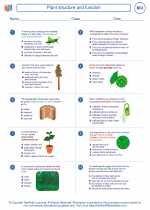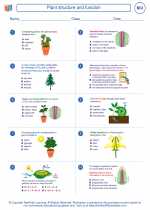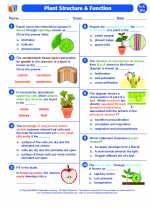Geological Formations
Geological formations refer to the various types of rock and soil formations that make up the Earth's crust. These formations are the result of geological processes such as deposition, erosion, and tectonic activity, and they provide valuable information about the Earth's history and the forces that have shaped it over millions of years.
Types of Geological Formations
There are several types of geological formations, each with its own characteristics and formation processes:
- Sedimentary Formations: These are formed by the accumulation and compression of sediments such as sand, silt, and clay. Examples include sandstone, limestone, and shale.
- Metamorphic Formations: These are formed from existing rocks that undergo high pressure and temperature, causing them to change in texture and composition. Examples include marble, slate, and schist.
- Igneous Formations: These are formed from the cooling and solidification of molten rock (magma or lava). Examples include granite, basalt, and obsidian.
Formation Processes
Geological formations are created through various processes, including:
- Deposition: The accumulation of sediments, often in layers, over time.
- Erosion: The wearing away of rocks and soil by natural forces such as water, wind, and ice.
- Tectonic Activity: The movement of the Earth's tectonic plates, leading to the formation of mountains, valleys, and other landforms.
Study Tips
To study geological formations effectively, consider the following tips:
- Understand the characteristics and formation processes of each type of geological formation.
- Use diagrams and illustrations to visualize the different types of formations and their geological processes.
- Explore real-life examples of geological formations in your local area or through field trips to natural landmarks.
- Review geological maps and cross-sections to understand the distribution and arrangement of formations in different regions.
- Practice identifying different types of formations based on their physical characteristics and geological history.
Conclusion
Studying geological formations provides valuable insights into the Earth's history and the processes that have shaped its surface over time. By understanding the types of formations and their formation processes, we can gain a deeper appreciation for the dynamic and ever-changing nature of our planet.
[Geological Formations] Related Worksheets and Study Guides:
.◂Biology Worksheets and Study Guides High School. Plant structure and function

 Worksheet/Answer key
Worksheet/Answer key
 Worksheet/Answer key
Worksheet/Answer key
 Worksheet/Answer key
Worksheet/Answer key
 Vocabulary/Answer key
Vocabulary/Answer key
 Vocabulary/Answer key
Vocabulary/Answer key
